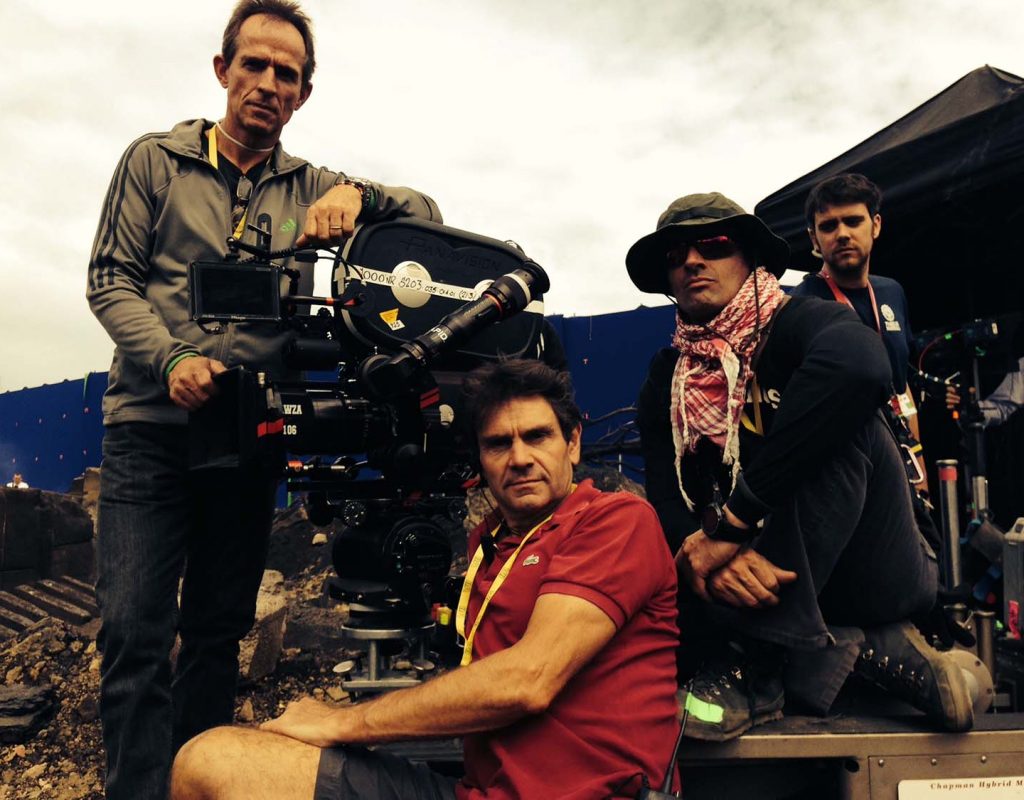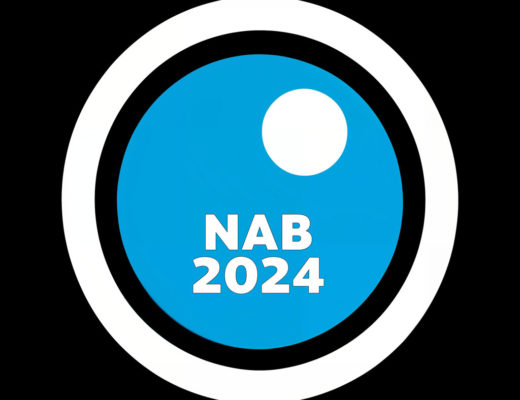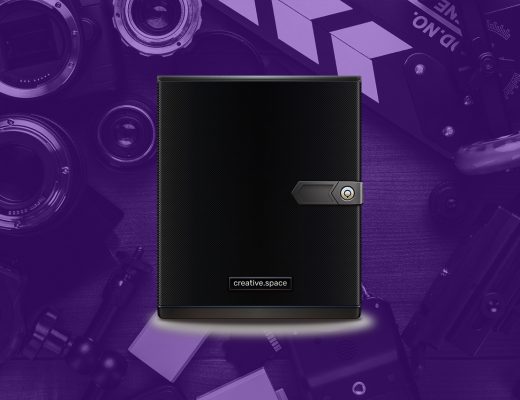At a recent Digital Asset Management Conference, I was asked to present on the role of the Digital Asset Manager (what I do on a daily basis). This is not because I need to justify my position in this economy nor explain what I do aside from drink coffee all day, but rather to explain what it takes
Posted by Henrik de Gyor on June 9, 2009
At a recent Digital Asset Management Conference, I was asked to present on the role of the Digital Asset Manager (what I do on a daily basis). This is not because I need to justify my position in this economy nor explain what I do aside from drink coffee all day, but rather to explain what it takes to:
- Listen, learn and adapt to changes in the business needs of the organization
- Promote, train and support all DAM users on a daily basis
- Explain how we measure ROI with every project, collection and asset we add to the DAM
- Simplify and unify across departments by sharing assets in DAM
- Network and interview potential users of DAM to see what their business needs are (which are usually similar to everyone else’s needs in the organization)
- Report on the progress of the DAM on weekly and monthly basis
- Create workflow for the use of assets with DAM
- Create and maintain up-to-date DAM documentation
- Maintain consistency
- Maintain metadata standards used within the organization
- Review and test any configurations and/or customizations for the DAM
- Be the biggest proponent, in-house advocate and expert in DAM for your organization
- Make sure a DAM solution does not become another ‘shelf baby’ (i.e. another tool which an organization invested in, but did not get user adoption, so it is another waste of time/money because no one uses it)
- Maintain an active registry of DAM users and needed permissions
This is one position that is in demand nowadays, but can be quite technical and requires:
- Patience (lots of it)
- Energy (lots of it)
- Attention to detail
- Process-orientation in order to create workflow that make sense to users
- Love of data (metadata)
- Consistency and flexibility (being methodical helps too)
- Thriving on progress (even baby steps)
- Customer service (i.e. user support)
- Ability to demonstrate how to improve production with DAM to save time and money, when used properly
- Prior DAM experience
In a previous post, we covered why you might need a DAM. So, your organization gets a DAM solution, it gets implemented for your organization and it is ready for regular operations. Now what?
- Who is driving the progress of DAM?
- Who is tracking progress, measuring growth and addressing risks to report on a weekly/monthly basis for stakeholders?
- Who will answer DAM questions and support DAM users?
- What happens when something goes wrong?
- Who is in charge of the DAM?
- Who will fix it?
- Who will be the adviser when to file a trouble ticket with the vendor versus what can be resolved in-house?
- Who will create the trouble ticket when the time comes?
- Who will follow up?
- Who will train users and power users of the DAM? (Attrition happens)
- Shall I go on?
Do you have a Digital Asset Manager?

Filmtools
Filmmakers go-to destination for pre-production, production & post production equipment!
Shop Now
![Why do I need a Digital Asset Manager? 3 Reblog this post [with Zemanta]](http://img.zemanta.com/reblog_c.png?x-id=8cb7f036-ff75-4fe2-aa14-4b23b3c06ddc)













